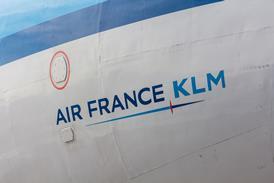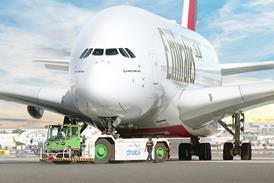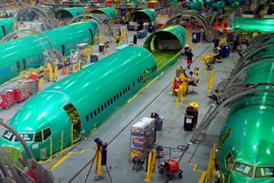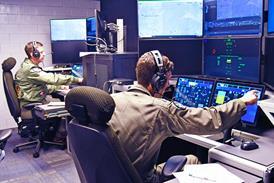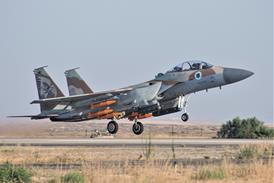Manufacturer snatches contract from USN's traditional maritime patrol supplier after late pledge to speed delivery
Boeing's 737-800ERX has broken Lockheed Martin's 60-year grip on the submarine-hunting market, capturing the US Navy's Multi-mission Maritime Aircraft (MMA) contract following an energetic bidding campaign.
A nearly $3.9 billion award on 14 June begins an at least four-year development phase and offers possible follow-on development work worth $1.6 billion and a full order for 108 aircraft worth $20 billion.
International orders may rival that amount with a built-in market to replace 225 P-3-type aircraft flown by 15 countries. The USN plans to offer workshare deals to countries willing to invest in the MMA's development phase.
Navy procurement officials refused to fully explain their decision to reject Lockheed Martin's Orion 21, a 40% more powerful version of the P-3C. It is clear, however, the service warmed to Boeing's lively approach, which included a last-minute pledge to accelerate development by up to a year and greatly revise its production plan.
"Boeing had several features in terms of our confidence in their ability to manage and deliver in a timely way that helped tip the scales," says John Young, assistant secretary of the navy for acquisition, technology and logistics.
Late in the bidding process, Boeing scrapped its original production plan. The company offered to create a parallel production line, rather than first build the MMA as a standard commercial aircraft then modify it to meet navy requirements, which include a militarised wing, hard points and an aft-fuselage weapons bay.
Boeing's change lowered modification costs, eased security requirements and accelerated production, says Integrated Defense Systems chief executive Jim Albaugh. The late change also blocked the advantage Lockheed Martin claimed by proposing to assemble the Orion 21 on a dedicated MMA production line in Palmdale, California.
The navy also saw the potential for Boeing to "leverage their obvious experience with the 737 airframe to get an MMA slightly sooner", says Young. "The government assessed that they may be able to make the schedule as much as a year early. They assess that they can do a little better than that."
Low technical risk appeared to drive the navy's decision process. The vastly different capabilities of the two aircraft - Boeing's jet compared to Lockheed Martin's enhanced turboprop - appeared to have almost no affect.
"Both proposals met the requirements to the minimum degree and to the varying degrees," says Young, "and so I can't tell you that either [bid] was discriminated in the end on meeting the requirements."
STEPHEN TRIMBLE / WASHINGTON DC
Source: Flight International

